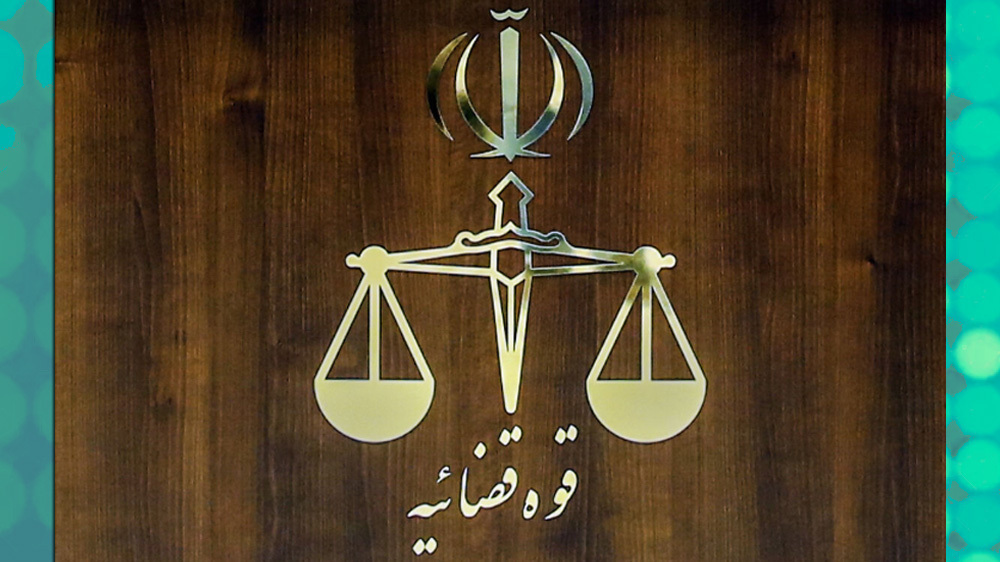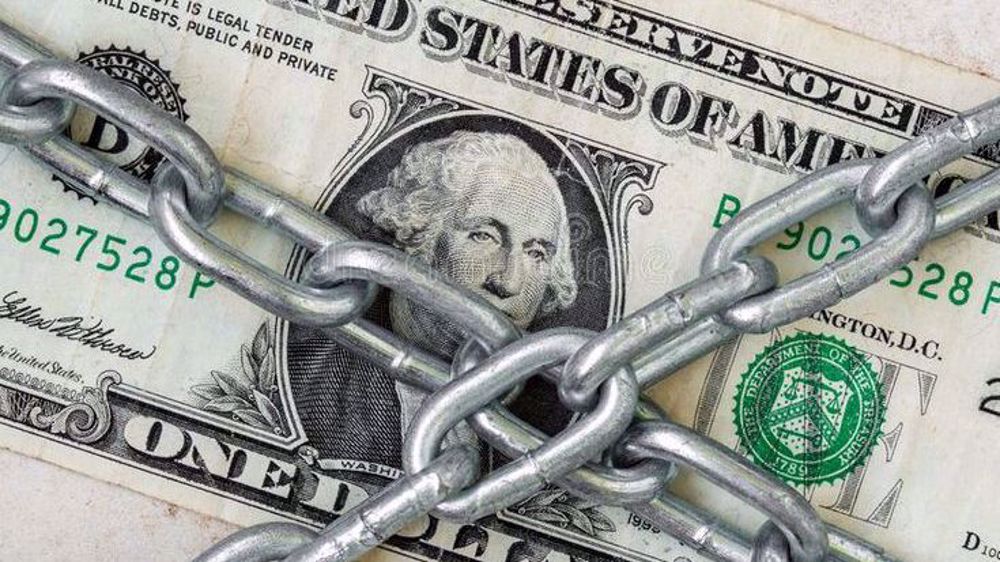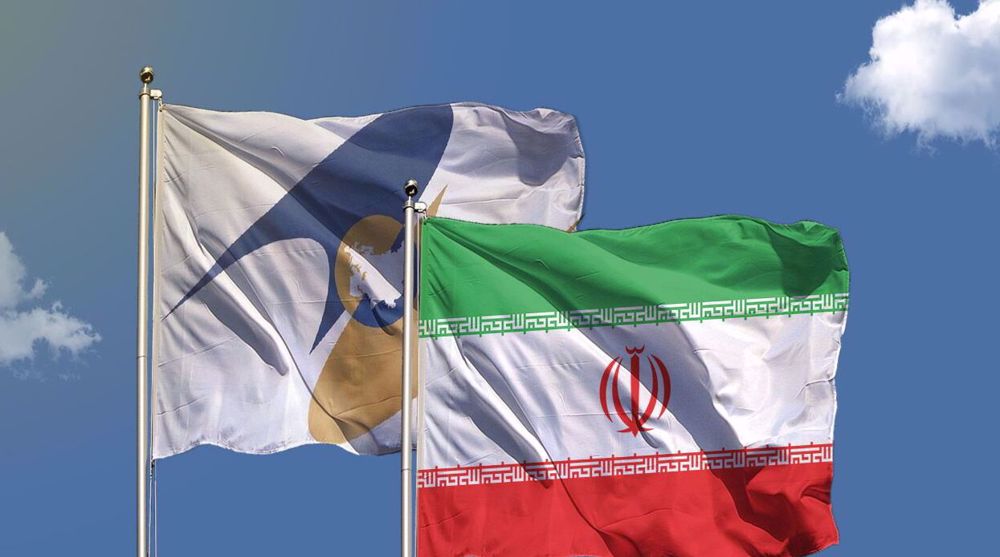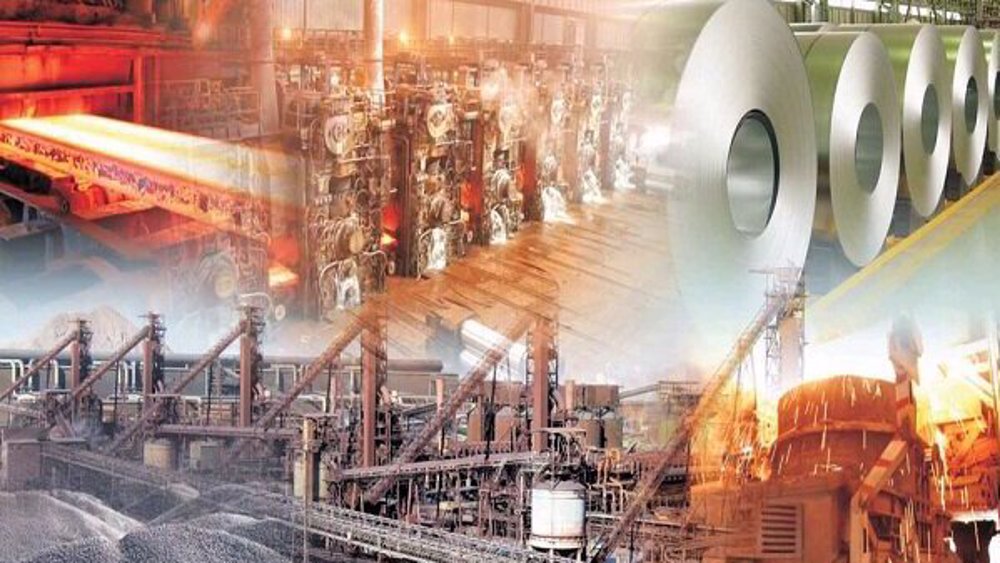Role of steel industry in Iran’s economic prosperity
The steel industry is a key pillar of the economy of many countries, which has led to construction, development and progress in societies for centuries.
Most of the equipment and parts we use daily are made of steel. The steel industry, from the very beginning stages of extraction from the mine to the time of production and consumption, leads to job creation.
The exploitation of steel mines, transportation, purchase of machinery and equipment, project consulting, use of work force and training are some facets of the steel industry in a country.
In general, steel and the steel industry can have a significant impact on the prosperity and progress of a country and play an important role in its economy.
The foundation of the steel industry into Iran, besides job creation and recruitment, which is one of its most important advantages, has staked out a niche for the country in the world markets and steel exports.
Steel is known as the mother of industries in every country, which constitutes the basis of all economic activities, and brings about growth and development. Job creation and recruitment is only one benefit of the steel industry. To produce a steel cross-section, manpower is needed from the initial stages which lead to numerous occupations.
Throughout the extraction of steel from the mine, the process of production and casting of raw steel, the implementation of secondary operations and steel rolling, and the stage of consumption and sale, experienced and knowledgeable manpower is needed.
The steel industry can directly and indirectly create jobs. For example, the Mobarakeh Steel Industries of Isfahan prides over 350,000 employees in Iran.
Moreover, it has resulted in the training of specialists and experts familiar with the latest technical knowhow of the world.
Steel exports and presence in the world markets are another advantage of the steel industry. Remaining in the global market requires the production of goods with diverse quality in accordance with international standards with competitive prices. The economic prosperity of the country and the source of foreign exchange is another benefit of steel exports, which has a positive impact on economy.
In Iran, two traditional methods of direct reduction and electric arc furnace are used for steel production in Isfahan Iron Smelter, Ahvaz Steel, Mobarakeh Steel and a heavy rolling mill. It can be boldly stated that iron and steel smelting industries have shored up Iran’s economy at a time of the most intensive restrictions.
Hence, it is imperative to go above and beyond in efforts to pave the way for a sustainable presence of Iranian steel products in the world markets.
Iran is capable of producing 25 million tonnes of steel a year but foreign sanctions and duties are a big hurdle.
Iran’s steel exports are already facing an increasingly hostile terrain in Europe where the bloc’s executive body, the European Commission, has levied trade tariffs against Iranian products.
The US Treasury has also announced sanctions on Mobarakeh Steel Company, the largest steel maker in West Asia and North Africa and one of the largest industrial complexes operating in Iran.
More than 50 industries in Iran are linked to the construction industry. The country plans to boost steel output to 55 million tonnes a year by 2025, of which 10 million tonnes would be earmarked for export.
Industry experts say even in worst-case scenarios, Iran’s steel industry will continue to grow.
Moreover, it is important to remember that Iran’s economic and industrial development is not limited merely to the construction and steel sector, and the progress and prosperity of industries such as machinery production, mining, shipbuilding, automobile manufacturing, transportation, pipes and profiles, packaging and other industries related to energy production and transmission has also had a significant impact on the economic growth and development of the country.
The exchange rate is one of the most important influencing factors in determining the price of steel, along with other factors such as the supply and demand market, which has caused the price of steel to increase and undergo a lot of fluctuations.
With this in mind, the government should put more investment for economic prosperity through the steel market at the top of their agenda and try to increase the per capita consumption of steel.

Iran court jails ex-ministers over role in massive corruption case

Unraveling Iran’s puzzle of assets frozen abroad

Iran signs into law its free trade deal with EAEU
VIDEO | Press TV's news headlines
VIDEO | Belgian journalist lambastes Israeli aggression against Palestinians
VIDEO | Yemen warns Israel of military response over Gaza aid block
Israel's ‘internal security agency’ acknowledges failure to prevent al-Aqsa Storm
Russia: Threats of using military force against Iran’s nuclear sites ‘unacceptable’
VIDEO | Ramadan in Iran
VIDEO | Trump's controversial moves
VIDEO | Yemen downs 15th sophisticated American drone; vows to keep up support for Gaza, Lebanon







 This makes it easy to access the Press TV website
This makes it easy to access the Press TV website